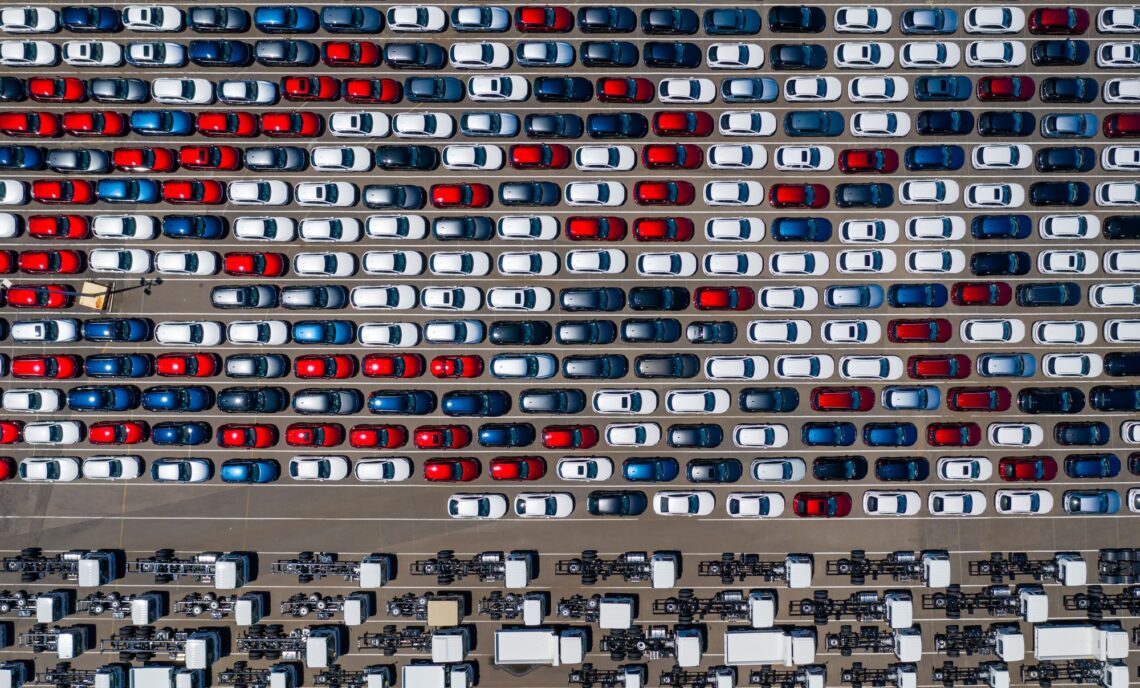
Last week the Federal Government passed JobKeeper legislation to assist businesses affected by COVID-19 to cover the costs of their employees’ wages.
To qualify for JobKeeper payments, employing entities must satisfy the decline in turnover test, which measures whether an entity’s turnover has fallen by a specified percentage when compared to a test period in the 2019 calendar year.
The decline in turnover test is based on an examination of an entity’s GST turnover as defined in the GST Act.
What is the JobKeeper payment?
For information about JobKeeper eligibility requirements click here.
Decline in turnover test – measuring GST turnover
The decline in turnover test aims to assess whether an employer’s turnover has fallen in the relevant month or quarter relative to their turnover in a corresponding period a year earlier. Specifically, the employer is required to compare its projected GST turnover for the test period in 2020 with its actual GST turnover in a corresponding period in 2019.
The monthly test period can be any of the months from March 2020 to September 2020; whereas quarterly periods can either be the quarter ending 30 June 2020 or the quarter ending 30 September 2020.
Some important principles of the test include:
- The relevant decline in turnover rate: For entities with a turnover up to $1 billion, the prescribed threshold is 30%. If an entity’s aggregated turnover for the income test year is likely to exceed $1 billion or the entity’s aggregated turnover for the previous year exceeded $1 billion, the prescribed threshold is 50%. Where the relevant employer is a charity registered with the Australian Charities and Not-for-profits Commission (ACNC) the prescribed threshold is 15% (excluding certain educational institutions, such as pre-schools, primary schools, secondary schools and certain universities);
- GST groups ignored: The turnover of each entity that is a member of a GST group must be considered separately. This means that employers should include supplies made to members of the same GST group and exclude supplies made by other members of the GST group;
- Test only needs to be satisfied once: Once satisfied for a test period there is no requirement to retest in later periods. However, if, for example, an entity does not qualify for the month of April 2020 or the quarter ending 30 June because its turnover has not been sufficiently affected, it can test again in later periods to determine whether the relevant decline in turnover threshold is satisfied. This allows entities whose turnover is only affected in later periods to qualify for the JobKeeper payment from that point onwards;
- Test periods vs BAS period: An employer can choose to use either a monthly or quarterly test period irrespective of whether it lodges its business activity statement (BAS) monthly or quarterly;
Projected GST turnover
To access the JobKeeper payment, an employer must estimate its projected GST turnover for the chosen test period to determine whether it satisfies the decline in turnover test.
The concept of projected GST turnover requires an assessment by the employer, of supplies that the employer is ‘likely to make’, for the remainder of the test period. The Explanatory Statement to the legislation provides some guidance on when an entity is ‘likely to make’ a supply. It states that “the likelihood of a supply being made must be based on a reasonable expectation and considered in the context of the facts and circumstances of a particular business, such as by reference to the terms of a particular contract which requires supplies to be made in a certain period”.
Definition: under GST law, a ‘supply’ (also commonly referred to as ‘sales’) includes the sale of goods or services, the lease of premises, the hire of equipment, the provision of advice, as well as other forms of supply.
Where an estimate of projected GST turnover is made, written evidence should be retained to support the basis of the estimate. This is particularly relevant where the employer’s actual turnover ends up being higher than its estimated turnover in the test period.
What supplies do you include or exclude in determining GST turnover?
In determining whether an employer can satisfy the 15/30/50 per cent decline in turnover test, certain supplies are included, while certain other supplies are excluded from the measurement of GST turnover.
The following supplies are included as part of an entity’s GST turnover (not an exhaustive list):
- Taxable and GST-free supplies made in Australia (and certain external territories);
- Supplies made for non-monetary consideration (such as barter transactions); and
- Supplies made by the employer to other entities within the same GST group.
The following supplies and other transactions are generally excluded from an entity’s GST turnover (not an exhaustive list):
- Input-taxed supplies (such as interest and residential rent);
- Trust and partnership distributions;
- Donations (other than for charities);
- Dividend payments;
- Loan repayments;
- Certain compensation payments;
- Sales of capital assets;
- Sales of assets solely because of the employer substantially and permanently reducing the size or scale of their business;
- Certain supplies for no consideration (such as statutory charges); and
- Supplies made as agent of another entity.
- Special rules apply to charities and deductible gift recipients. These entities are required to include gifts in their calculation of turnover.
Can I use my BAS information?
As the rules require employers to test turnover based on a monthly or quarterly test period, it is reasonable to use BAS information as a starting point to determine if the decline in turnover test has been satisfied.
Label G1 on a BAS includes all supplies made by the entity. However, it is important to fully understand what information has been reported at this label. In practice, there may be transactions that have been reported on the BAS that do not form part of GST turnover. Alternatively, there may be transactions that have been omitted from the BAS that do form part of GST turnover.
Example: an employer has a trading business and also owns an investment property for which it receives residential rent (which is input taxed), which is reported at label G1 on its BAS. As input taxed supplies are excluded from GST turnover, the use of BAS information (without scrutiny) as the basis of determining whether the employer satisfies the decline in turnover test could lead to an incorrect result.
Other examples where it would not be appropriate to use the BAS information (without certain modifications) are where employers:
- are in the finance or retirement village industries and make input taxed supplies;
- are members of a GST group;
- have incorrectly prepared their BAS by including trust or partnership distributions, supplies made as agent of another entity, or other amounts that do not constitute consideration for a supply.
There are numerous variables that can impact GST turnover and what may have been reported on the BAS. It is vital employers carefully analyse their projected GST turnover for the relevant test month or quarter in the 2020 calendar year, as well as carefully scrutinising what has been reported on their BAS for the equivalent period in 2019 to determine what adjustments might be required to the figures in the BAS for GST turnover purposes.
Incorrectly received JobKeeper payments
Where an employer has incorrectly received a JobKeeper payment because it does not satisfy the decline in turnover test, the employer will be required to repay the JobKeeper payment. There are also potential penalties and general interest charges that may be imposed on the employer.
As such, it is very important to keep written evidence to support how GST turnover was determined for both the 2020 test period and the equivalent period in 2019, and the basis on which the relevant decline in turnover threshold was satisfied. This should be approached on the assumption that the ATO will scrutinise the turnover calculations at some point in the future and will be particularly interested in cases where the actual turnover during the period of the JobKeeper scheme turns out to be significantly higher than the projected GST turnover decided upon for the test period.
What are the next steps?
If your business has experienced a decline in turnover compared to an equivalent period in the 2019 calendar year, please contact your Pitcher Partners representative to review your situation and determine whether you can satisfy the decline in turnover test and qualify for the JobKeeper payments.





